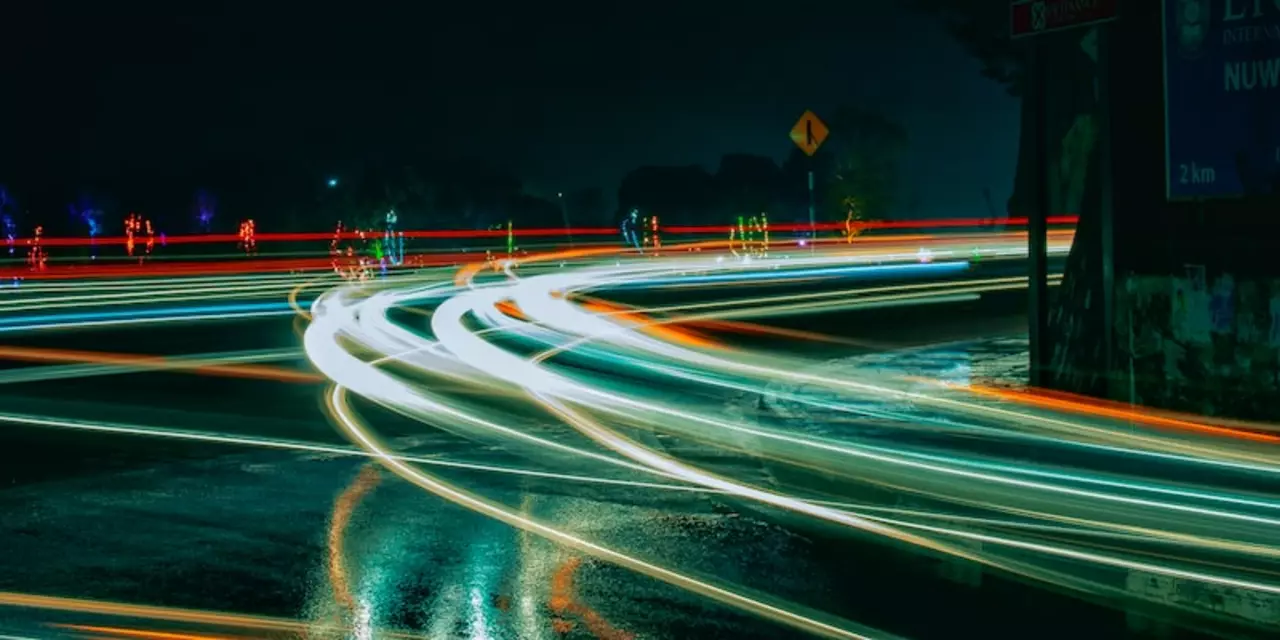Street Racing: The Real Deal Behind the Fast Cars and Midnight Runs
If you’ve ever heard the roar of engines echoing down a quiet street, you’ve caught a glimpse of street racing culture. It started as underground meets in the 60s, grew with cheap performance parts, and now lives on social media clips. People chase the rush, the bragging rights, and the feeling of being part of a secret club. But the excitement comes with real risks – both to drivers and the public.
What Drives the Street Racing Craze?
Most racers say the thrill of pure speed on public roads beats any track session. You don’t need a ticket, a pit lane, or a schedule – just a car, a few friends, and a stretch of road after dark. In the UK, city suburbs and rural lanes become makeshift circuits. The scene feeds on competition, the urge to show off modifications, and the challenge of beating a personal best. Social platforms amplify this by sharing short videos, turning local runs into viral moments.
Even though many blame movies or video games, the reality is simpler: cheap tuner parts, easily accessible online, and cheap fuel make it tempting. Young drivers see it as a shortcut to fame, not realizing how fast things can go wrong. Some claim they’re just “testing limits,” but the line between testing and racing blurs the moment you push past legal speed limits.
Staying Safe and Legal – Tips for Aspiring Racers
If the need for speed is real, channel it into safer venues. UK tracks like Brands Hatch or Knockhill host track days where you can bring your own car, learn from pros, and stay within the law. These events often cost less than you think and give you a controlled environment to improve lap times.
When you’re not on a track, keep the following in mind: never race on public roads; it’s illegal and can end in accidents that ruin lives. Use a dedicated track day or a closed course for practice. Invest in safety gear – helmets, fire‑resistant suits, and roll cages – even if you think you’ll only do a short run. Regular car maintenance is a must; brakes, tires, and suspension wear out fast under high stress.
Stay aware of the law. In the UK, police can seize cars, issue fines, and even prosecute drivers for dangerous driving. Community groups also run awareness campaigns, and many racers have faced bans that end their hobby. Knowing the consequences helps you weigh the short‑term thrill against long‑term fallout.
Finally, respect other road users. Even a single stray car can cause a chain reaction. If you love the sound of an engine, share it at a legal event where spectators can enjoy it safely. The same excitement you crave is better felt when nobody gets hurt.
Street racing will likely stay part of motor culture, but the smartest drivers choose to keep the action on tracks, not streets. By doing so, you protect yourself, protect others, and still get the rush that makes motorsport worth the effort.
How common is street racing in USA and other countries?
Street racing is a dangerous and illegal activity that has been practiced around the world for decades. In the USA, it is particularly widespread in certain regions, such as California, Florida, and Texas. In other countries, the phenomenon is particularly prominent in Japan, Australia, and the UK. Street racing is often associated with the modification and customization of vehicles, as well as with dangerous driving, which can lead to serious injuries or even death. The best way to combat it is through increased enforcement of the law and by educating people about the risks involved.
